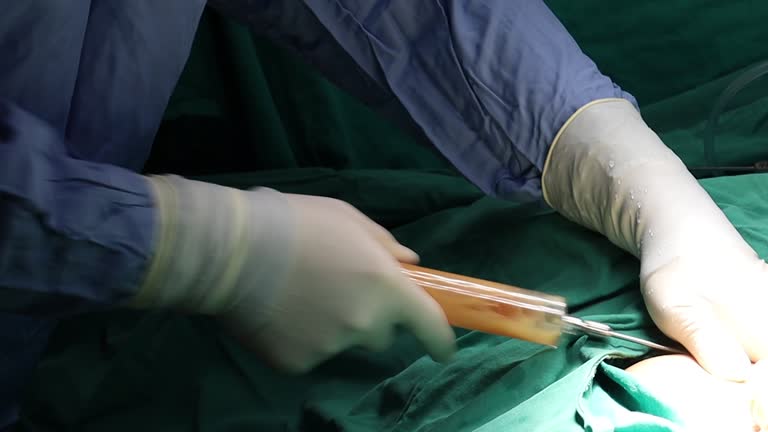1. Introduction
Gynecomastia surgery, also known as male breast reduction surgery, is a procedure designed to correct enlarged breast tissue in men. While the physical results can be life-changing, understanding the recovery period is essential for anyone considering this surgery. This article will provide a detailed overview of the recovery timeline after Gynecomastia Surgery Abu Dhabi, along with factors influencing recovery and signs to watch for post-surgery.
2. Immediate Post-Operative Recovery
The immediate recovery period begins right after the surgery is completed.
- Duration of Hospital Stay: Most patients can expect to stay in the hospital for a few hours to one day following surgery, depending on the extent of the procedure and their overall health. In many cases, gynecomastia surgery is performed on an outpatient basis, allowing patients to return home the same day.
- Initial Recovery Phase: The first few days after surgery are critical for healing. Patients will be monitored for vital signs and any immediate complications. Pain management is a priority during this time, and medications will be prescribed to help alleviate discomfort.

3. Recovery Timeline
A structured recovery timeline helps patients understand what to expect:
- Week 1: During the first week, patients are advised to rest and wear compression garments to minimize swelling and support the healing process. Light activities, such as walking, are encouraged to promote circulation.
- Week 2: By the second week, many patients can start resuming light activities, such as returning to work (if their job is not physically demanding). However, strenuous exercises and heavy lifting should still be avoided.
- Week 3: In the third week, patients may gradually return to more normal activities, including moderate exercise. However, care should be taken to avoid any activities that might strain the chest area.
- Month 1: After one month, most patients experience a significant improvement in their condition and can resume regular exercise and daily routines. Full recovery may take longer, but patients should notice reduced swelling and improved aesthetics.
4. Factors Affecting Recovery Time
Several factors can influence the recovery period after gynecomastia surgery:
- Type of Gynecomastia Surgery Performed: Different surgical techniques, such as liposuction or excision, may have varying recovery timelines. Excision procedures may require a longer recovery than minimally invasive techniques.
- Patient’s Overall Health and Age: Generally, younger patients and those in good health tend to recover more quickly than older individuals or those with underlying health conditions.
- Adherence to Post-Operative Care Instructions: Following the surgeon’s post-operative guidelines, including wearing compression garments and attending follow-up appointments, plays a crucial role in a smooth recovery.
5. Signs of Complications
While most patients recover without issues, it’s essential to be aware of signs that could indicate complications:
- Common Signs to Watch For: Symptoms such as excessive pain, unusual swelling, fever, or discharge from the incision sites should be reported to a healthcare provider. These could indicate complications that require prompt medical attention.
- When to Contact a Healthcare Provider: If any concerning symptoms arise or if there are questions about the recovery process, patients should not hesitate to reach out to their surgical team for guidance.
6. Long-term Recovery Considerations
Long-term recovery involves ongoing care and lifestyle adjustments:
- Importance of Follow-up Appointments: Regular follow-up visits with the surgeon are vital to monitor healing progress and address any concerns. These appointments also provide an opportunity for patients to discuss their results and any further steps needed.
- Lifestyle Changes Post-Surgery: Maintaining a healthy lifestyle, including a balanced diet and regular exercise, is crucial for long-term success after gynecomastia surgery. This helps to prevent weight gain and supports overall well-being.
- Psychological Adjustments After Surgery: Many patients experience emotional changes post-surgery as they adjust to their new body image. Seeking support from counselors or support groups can be beneficial in navigating these changes.
7. Conclusion
In summary, the recovery period after gynecomastia surgery in Abu Dhabi typically spans several weeks, with many patients returning to normal activities within a month. Understanding the recovery timeline and potential challenges can help patients prepare for their journey. It is essential to consult with healthcare professionals for personalized advice and support during this transformative experience. By following post-operative care instructions and committing to a healthy lifestyle, individuals can achieve the long-term benefits of gynecomastia surgery and enhance their quality of life.
FAQs
1. How long does it take to fully recover from gynecomastia surgery?
Full recovery from gynecomastia surgery typically takes around 4 to 6 weeks. Most patients can return to normal daily activities within a month, but strenuous exercises should be avoided until the 4- to 6-week mark.
2. Will I experience pain during the recovery period?
Some pain and discomfort are common during the initial recovery period. Pain management medications prescribed by your surgeon can help alleviate discomfort, and pain usually decreases significantly within the first week.
3. Do I need to wear a compression garment after surgery?
Yes, wearing a compression garment is highly recommended. It helps reduce swelling, provides support to the chest area, and promotes a smoother contour. Most patients are advised to wear it for at least 3 to 4 weeks after surgery.
4. When can I resume exercise after gynecomastia surgery?
Light activities, such as walking, can be resumed within the first week. However, more intense exercises, particularly those involving the chest, should be avoided for at least 4 to 6 weeks to ensure proper healing.
